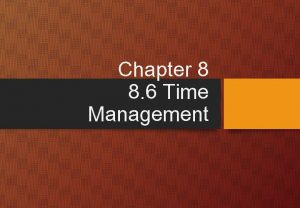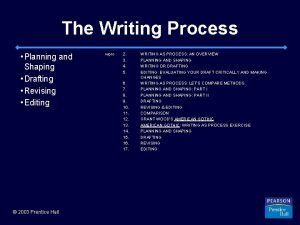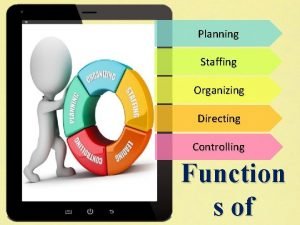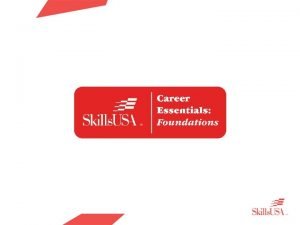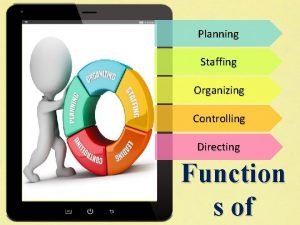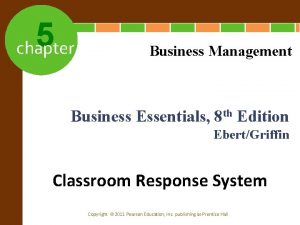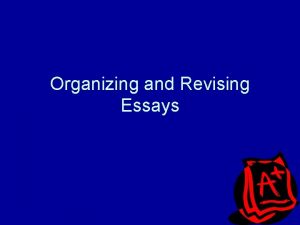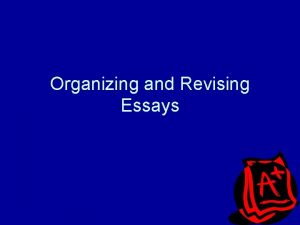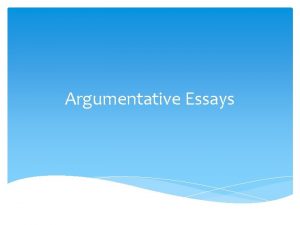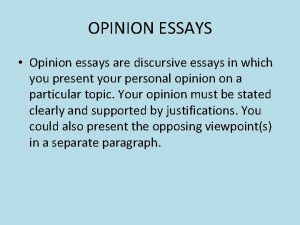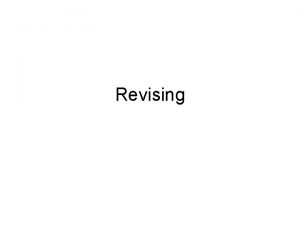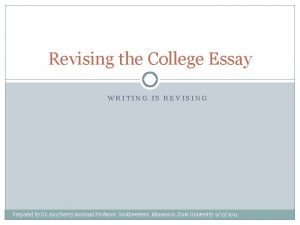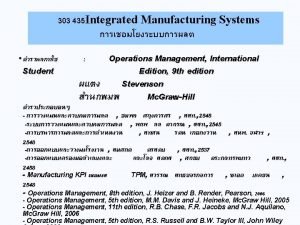Organizing and Revising Essays The Writing Process Planning













- Slides: 13

Organizing and Revising Essays

The Writing Process • • • Planning Shaping Drafting Revising Editing Proofreading

Planning: Research and Note Taking • Generate ideas – Freewriting and brain storming • (Focus on your topic if you have one) – 5 W’s and an “H” – Make a list of topical thoughts/questions • Take notes – Computer database – Note cards

Shaping: Organizing Your Information • Grouping Information – Outlines • Working outline • Sentence outline/topical outline – Clustering • Grouping – General ~> Specific

Drafting: Writing the Essay • Introduction – Grabs audience’s attention – Contains thesis • Thesis – States essay’s topic, purpose, point of view • Specific, powerful words ~> not general or vague – May change during revision process • Probable that it will

Drafting: Writing the Essay (cont. ) • Body paragraphs – Claim/argument – Counterclaim/counterargument • Conclusion – Ties essay together • May restate thesis (not verbatim) • May restate main points of essay (not verbatim) – Gives a satisfying ending – Furthers introduction

Revising: Reviewing the Draft • Catchy introduction? • Clear and specific thesis? • Transitions – Transitions for each paragraph? – Smooth and free flowing? – Tie contiguous paragraphs together?

Revising: Reviewing the Draft (cont. ) • Topic sentences – Make sense when read together? – Support thesis? – Logical order? • Supporting sentences – Support topic sentence? – Logical order?

Revising: Reviewing the Draft (cont. ) • Conclusion – Complements introduction when read together? – Furthers ideas in essay? – Ties essay together? – Provides a satisfying ending?

Revising: Reviewing the Draft (cont. ) • General tips – REVISION TAKES TIME! – Plan to write at least three drafts • 1 st draft… Focus on the BIG stuff – Overall organization of essay – May revisit this step several times • 2 nd draft… Concentrate your efforts – Edit • 3 rd draft… Get nitpicky – Proofread

Editing: Punctuation, Grammar, Spelling, Mechanics • Check: – Spelling – Grammar – Subject/verb agreement • Search for PERFECT word – Dictionary – Thesaurus • Search for strong verbs • Cut extraneous material

Proofreading: Final Check • • • Take a break before proofing. Do not rush it. Read your essay aloud. Read your essay slowly. Have an unbiased pair of eyes look your essay over. (The CTL!)

Some General Tips • Always take time between revision sessions to distance yourself from your work. • Ask instructors/unbiased readers (CTL) what mistakes YOU commonly make and then LOOK FOR THOSE when revising. • Use hard copies to revise.
 Planning writing and revising
Planning writing and revising Time management is the process of organizing and planning
Time management is the process of organizing and planning Time management is the process of organizing and planning
Time management is the process of organizing and planning Writing brainstorming planning drafting and editing
Writing brainstorming planning drafting and editing Planning organizing staffing writing
Planning organizing staffing writing Introduction for advantages and disadvantages essay
Introduction for advantages and disadvantages essay Planning organizing staffing directing controlling
Planning organizing staffing directing controlling Directing function of management
Directing function of management Who are managers
Who are managers Planning and organizing in the workplace
Planning and organizing in the workplace Motivating example
Motivating example Staffing and controlling
Staffing and controlling Starbucks planning organizing leading and controlling
Starbucks planning organizing leading and controlling Proofreading and revising
Proofreading and revising


